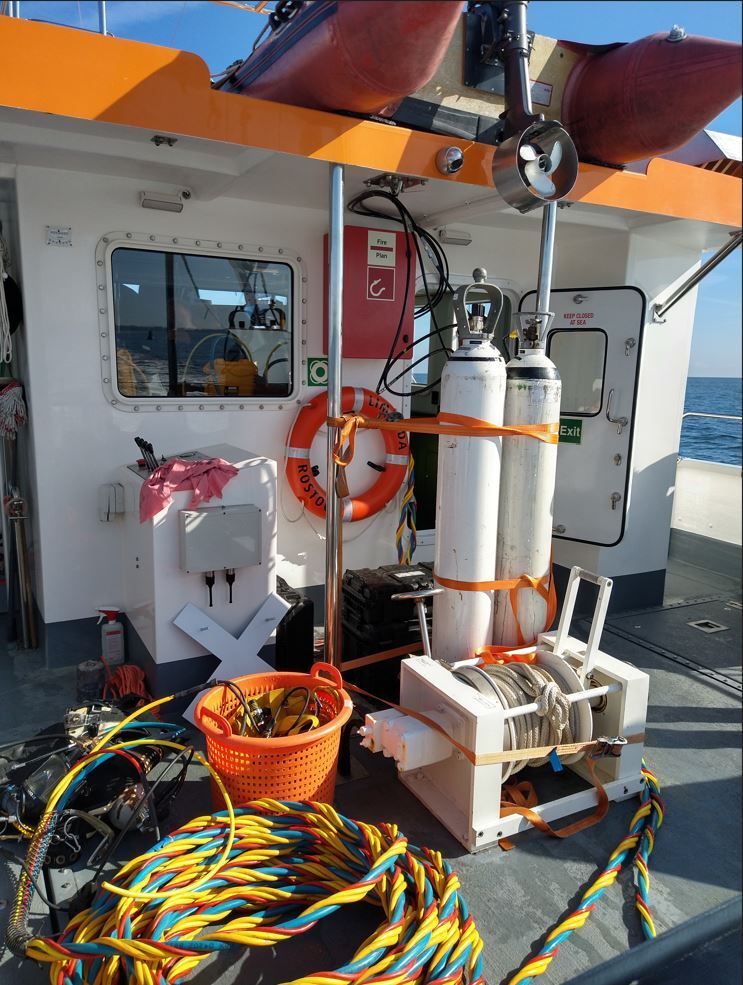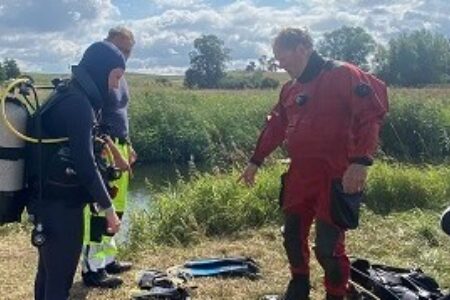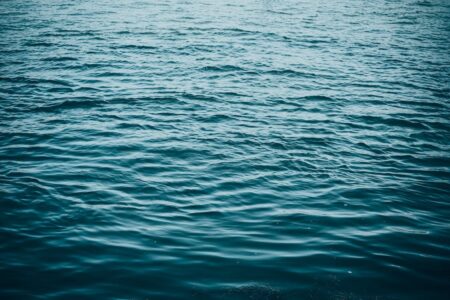Underwater archaeology Field Schools in Germany
During the months of July and August, students from Leiden University, Rostock University and Göttingen University participate in a three-week field school. First they research shipwrecks in the Greifswald Bay, during the second part they research a prehistoric site at the Tollense river in Germany.


At Greifswald, students focus on investigating ship construction, learning the basics of shipwreck archaeology underwater and upgrading their diving skills. In this series of blogs, students will write about their experiences.
Sea and river dives
The Greifswald Bay was part of an important trading route from inland waterways to the Baltic and beyond, but it also was crucial in the protection of important cities like Stralsund, in the 17th and 18th century an important city for the Swedish Kingdom. The Tollense river is expected to be part of a Bronze Age battlefield around 1300 BC.
The field school that first takes place in Greifswald and later at the Tollense river in Germany is meant for students of Leiden University, Rostock University and Göttingen University. During the first week, a couple of wrecks in the Baltic Sea are surveyed and documented, guided by Professor in maritime and underwater archaeology Martijn Manders (Leiden University/Cultural Heritage Agency of the Netherlands). The dives are executed from the research catamaran Limanda owned by Rostock University. In this blog, student Amber IJsveld gives a short introduction on what is needed to dive to a shipwreck.
Team composition and diver gear
During each dive there is a supervisor, stand by diver, diver 1, diver 2, tender 1, tender 2 and a surface archaeology supervisor. These positions are being assigned to different persons each day. While diving, divers 1 and 2 make use of the surface supply air system. This means that they are connected with an umbilical to the surface, in this case the boat. The umbilical consists of the main tube for air, a wire for communication and a spare tube for air. Diver 1 has an additional cord for the camera and lamp which are attached to the mask. Besides the umbilical for air supply, the divers also carry a tank on their back. If there is trouble with the air supply they can switch to this alternative source. When there is a major problem, there is a stand-by diver suited up and ready to go in the water.


Communication within the team
Any problem can be communicated either with the communication system or by pulling the umbilical. With surface supply diving, we make use of full face masks. This allows the divers to talk as there is no breathing device in the mouth. If the communication system is not working, there are also two tenders which each hold one of the umbilicals when the divers are underwater. They make sure that there is enough slack so the divers can move freely but not too much so any pulling signal from the diver can be felt. For example: a lot of pulling means the diver is in trouble and needs to be pulled back to the surface. A final job of the tenders is to help their diver with dressing up and undressing. This is necessary as this system is complicated to put on by yourself. As this system is complicated, it needs to be checked properly.
There is a checklist which the supervisor follows in order to make sure everything is working properly and well accessible for the diver. After the supervisor has checked the divers, they are allowed to go in the water. The supervisor then goes to the cabin where the computer with the camera, the communication station and the air and pressure supply systems are set up. During the dive the supervisor is the one who communicates with the divers and directs the other people when necessary. Besides the supervisor there is also the archaeology supervisor. This person looks at the camera and answers any related archaeological questions from the divers. The archaeologist can tell the divers to make certain documentations or excavate specific parts.





0 Comments
Add a comment